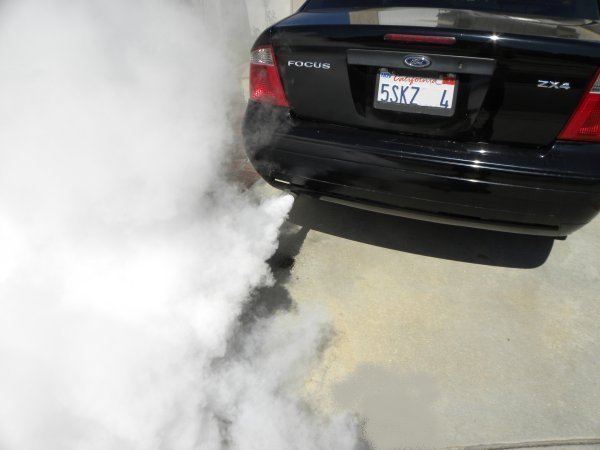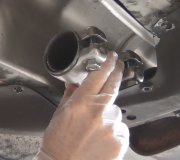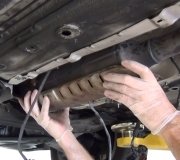First of all, please understand that just like doctors, carpenters, chefs, and accountants, mechanics speak their own language and usually have very poor communication skills when talking with car owners. For that reason, most shops employ a service writer who knows a little about cars, but is really good at taking what he thought he heard from the mechanic, and translating it into something he thinks you will understand. You know things are going to get lost in translation, but that is not an intent to defraud. A lot of shops, new-car dealers in particular, don't even want their mechanics talking with customers because they know too many things get mixed up. Also, mechanics have an interest in selling the job because that is how they earn their living. Service writers want happy customers to keep coming back. Their paycheck doesn't revolve around how much the customer spends. If they can save you a dollar without compromising the quality of the repair or the reliability of your car, they're going to do it.
The last thermostat I replaced was on my '88 Grand Caravan. It was easy to get to, and took about a half hour. Some vehicles are designed to get them off the assembly line as quickly as possible, with little concern to their serviceability later. That mostly pertains to GM products, but even on most of theirs the thermostat isn't that hard to replace.
I looked yours up, and the "flat rate" guide calls for 0.7 hours. That means every shop that uses that pricing method will bill you the same amount of time, multiplied by their hourly shop rate. The lowest hourly labor charge isn't always the best value. The higher-priced shops typically include little stuff like nuts and bolts at no extra charge. Often the less-expensive shops add every little item and chemical to the bill.
At the mileage you listed, a conscientious mechanic is going to recommend also replacing all or some of the hoses. The upper radiator hose will already be half removed, so it doesn't make sense to not replace it and hope it doesn't pop soon. He may also test the acidity of the coolant. Acids always build up in the coolant. All antifreeze has water pump lubricant, corrosion inhibitors, seal conditioners, detergents, and other additives, and those wear out in about two years. That is why the coolant must be replaced. GM owners know real well all about leaking heater cores and radiators due to the manufacturer's recommendation of not replacing the coolant often enough. They did that to make the cost of regular maintenance appear to be lower than that of their competitors. If it's time to have your coolant changed or flushed, this is the perfect time because part of that job is already being done. You'll pay for each job when done separately, or you'll pay a little less in total when related jobs are combined.
Also be aware that 0.7 hours is just for the thermostat procedure. That doesn't include any diagnostic time, time to drill out rusted and broken bolts, a test-drive or time required to warm the engine up to insure it's fixed, and things like that. Many shops bill this type of job strictly by the amount of time the mechanic is working on the car because they can't foresee the problems they might run into.
Thursday, January 19th, 2017 AT 6:20 PM




